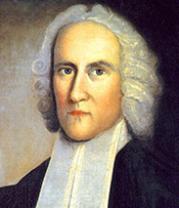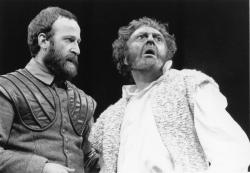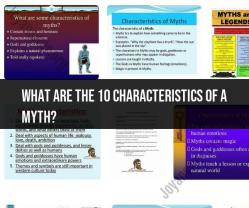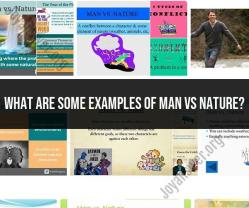How do you structure an intellectual autobiography?
Structuring an intellectual autobiography involves organizing the narrative of your life's intellectual journey in a coherent and meaningful way. Here's a step-by-step guide on how to structure an intellectual autobiography:
- Begin with a compelling introduction that provides an overview of your intellectual journey. Explain why you're writing this autobiography and what readers can expect to learn about your intellectual development.
Early Influences and Formative Years:
- Start by discussing your early life and the factors that influenced your intellectual development. Consider family, culture, education, and significant events. Describe any early experiences that sparked your interest in learning or a particular field.
Education and Academic Pursuits:
- Detail your educational path. Include information about schools, teachers, and mentors who played a role in shaping your intellectual interests. Discuss key subjects or courses that had a profound impact on your thinking.
Intellectual Milestones:
- Highlight the significant milestones or achievements in your intellectual journey. This could include research projects, publications, academic degrees, or awards. Explain why these milestones were important and how they contributed to your growth.
Challenges and Obstacles:
- Be honest about challenges, setbacks, or obstacles you faced along the way. Discuss how you overcame them or what you learned from these experiences. Adversity often plays a crucial role in intellectual development.
Influential Figures:
- Identify and reflect on individuals who influenced your thinking. These might be famous thinkers, teachers, colleagues, or even friends and family members. Explain how their ideas or guidance impacted your intellectual journey.
Shifts in Thinking:
- Discuss any significant shifts or changes in your intellectual interests or beliefs over time. Explain what triggered these shifts and how they affected your overall perspective.
Major Projects or Research:
- If applicable, delve into the details of major projects, research endeavors, or intellectual pursuits that have defined your career or passions. Explain the motivations behind these projects and their outcomes.
Reflections and Lessons:
- Reflect on the key lessons you've learned throughout your intellectual journey. Consider how your experiences have shaped your worldview, values, and future aspirations.
Current Intellectual Endeavors:
- Conclude your autobiography by discussing your current intellectual interests, projects, or goals. Share your vision for the future and how you plan to continue your intellectual pursuits.
Closing Thoughts:
- Summarize the main themes or takeaways from your intellectual autobiography. Offer some closing thoughts, reflections, or insights that you want readers to remember.
References or Citations (if applicable):
- If you reference specific books, theories, or academic works, provide proper citations or a bibliography.
Remember that the structure of your intellectual autobiography should reflect your unique experiences and narrative. It's a personal account, so infuse it with your voice and perspective. Additionally, consider your audience and what you want them to gain from reading your story.












